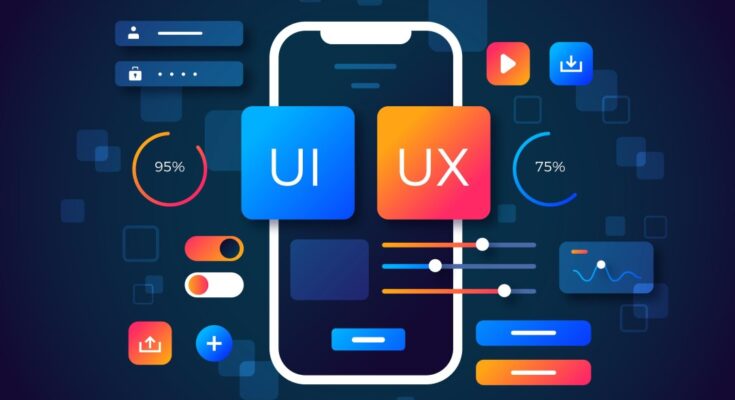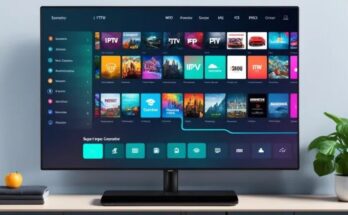A new year is here again, and again there are new trends in UX/UI. Some of them are continuations of things that started last year or in the last decade, and others are taking off in entirely new directions.
If you’re thinking of experimenting with some designs of your own, or just want to explore what the possibilities are, you can find the best free mockups online. Take a look, and perhaps something will catch your eye that you’d like to use for your own purposes.
Now, let’s see what this year has in store for us, and what we should be keeping our eyes out for.
AI Integration
Yes, AI is no longer brand new, we know. But having an AI-integrated design is taking new forms and designers are using tools such as Framer to help completely transform the way our devices work. Menial tasks that once needed to be done manually can now be automated, and people will be able to spend more of their time doing the things they want to do.
AI also means that your devices will “get to know you,” and therefore will be better able to predict your behavior. Suggestions will become more relevant, favorites will become streamlined, and your screen will be made more suitable to your particular tendencies.
Designs will become emotionally intelligent
You can laugh at this, but it’s true. AI is developing to the point where devices can read people’s emotions as a result of the way they interact, and respond accordingly. What does this mean in terms of specifics? Well, several things.
Devices will become more empathetic and more adaptable. In analyzing both individual user data, as well as historical trends among users of similar types, designers can fine-tune aspects of devices to different levels of sensitivity.
The manifestations of these things can include things like error messaging, in displaying messages that are more subtle and cause less potential alarm. It can also mean different types of designs that are either more user-friendly, better adapted to people with particular interests, etc.
Cross-platform capability
One thing that continues to annoy people is the inability to transfer certain types of material from one device to another, or to different types of platforms. Now that many things have become automated, we feel as if everything that we do electronically should involve some level of transferability.
Well it looks like this is finally happening. UX is now being refined to the point where people can start a task on one device (making a comment on Instagram, for example) and have it be saved on every device on which that user is logged in. The same user can then switch to a tablet, PC, or whatever else and finish the job.
This change is going to require an overhaul on the part of designers as many of these functions have been device-specific until now, but it is going to revolutionize the user experience for millions of people.
Sensitivity to different locations
That’s right, your devices will actually be able to fundamentally alter the information they provide based upon where you are. Already your location tracker can do things like offer you different restaurants and services, change language and time, etc. But the new experience will be even more refined.
You will no longer have to deal with irrelevant suggestions, or information that you don’t need in a particular location. Devices can be sensitive to the kinds of things that should be shut off or put to sleep in particular places. They will learn of events, political disruption, even weather patterns, in time to alert you so that you can respond accordingly.
In short, your life will be infinitely easier
We can’t necessarily predict that your devices will read your thoughts in the future, but some of the upcoming UX/UI advancements aren’t actually far from this. In collecting data on user behavior and tendencies, designers can determine your preferences and likely actions with far greater precision than you probably realize. And while this thought might scare some people, it will certainly make your digital life easier. And it’s only going to get better from here.





